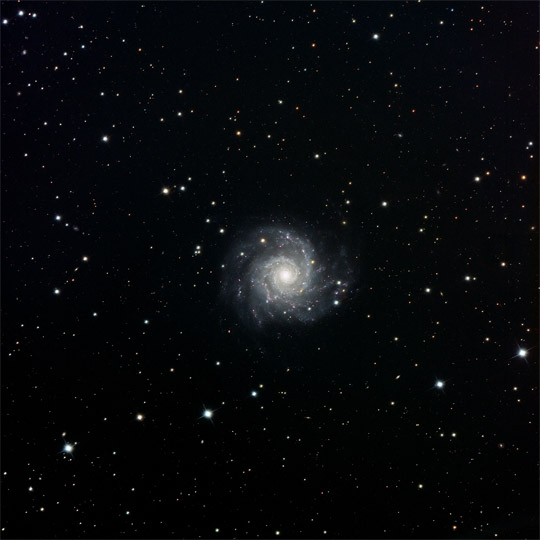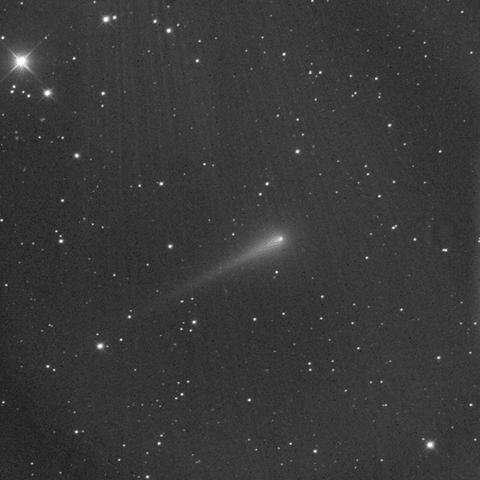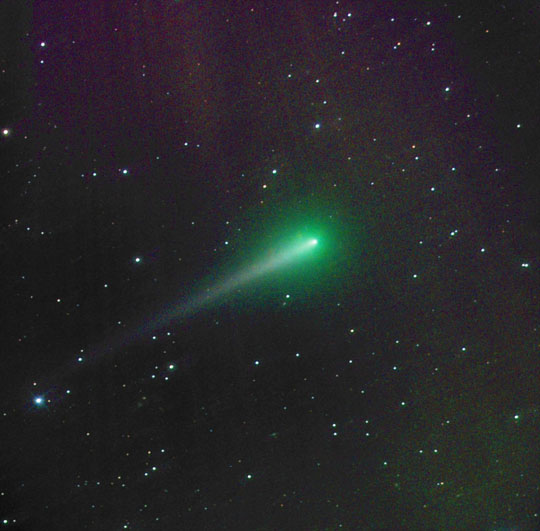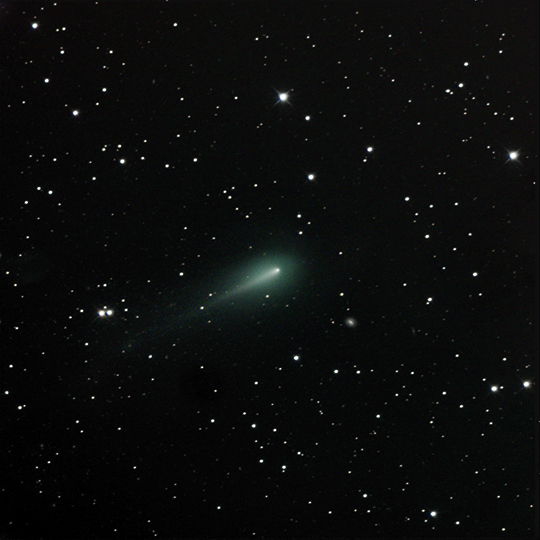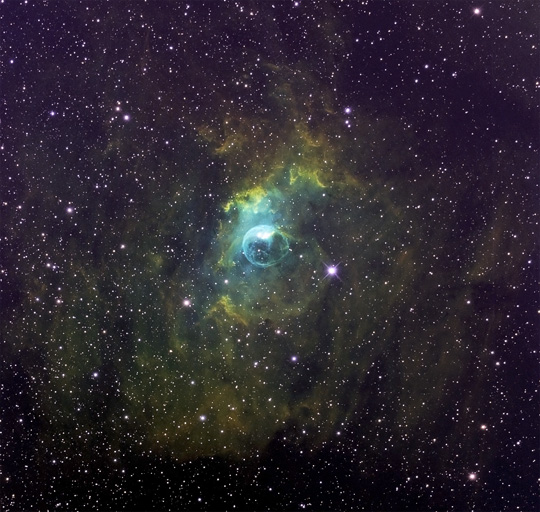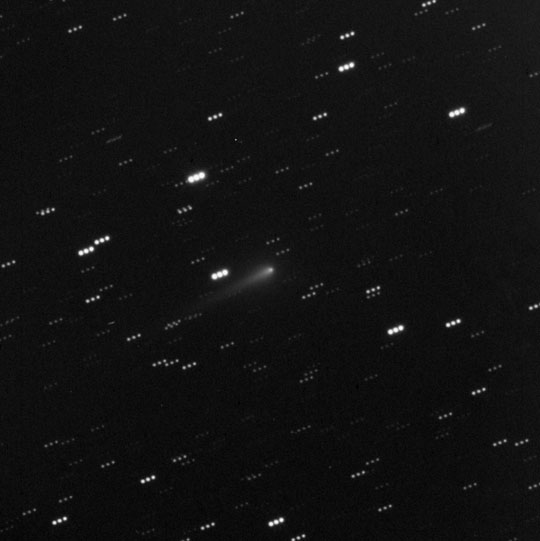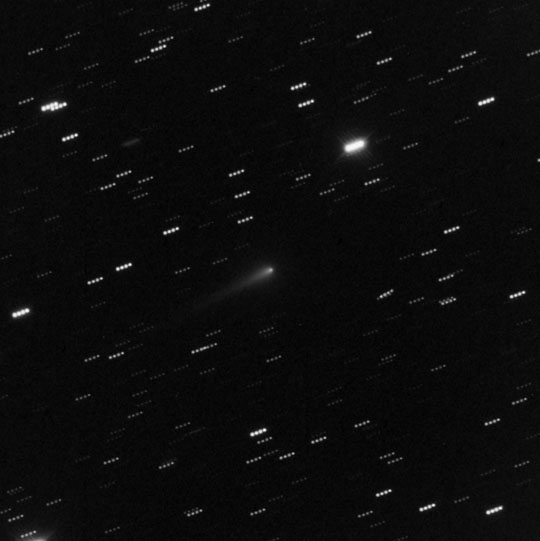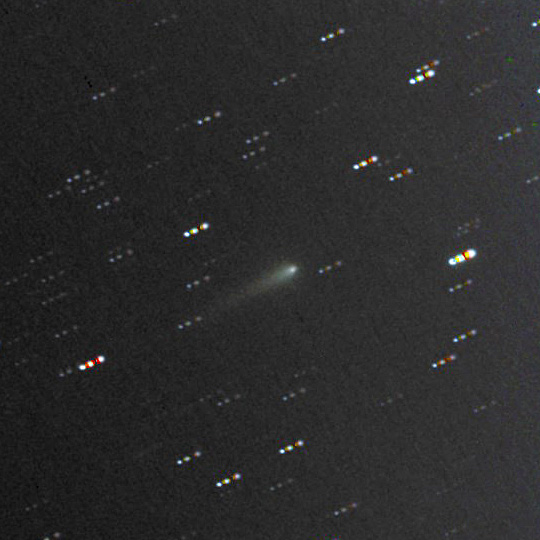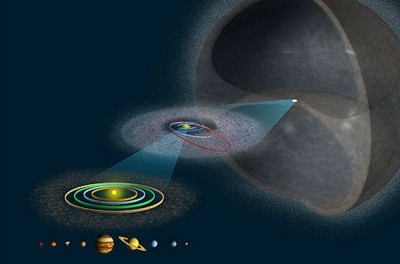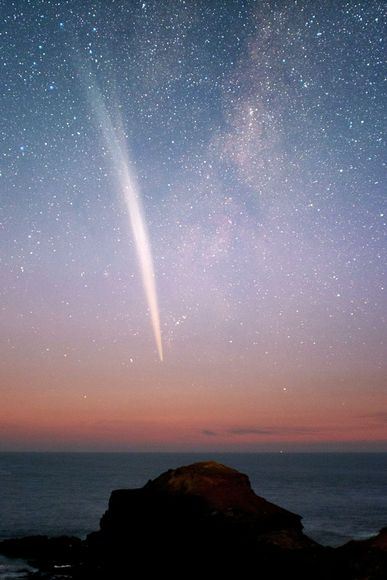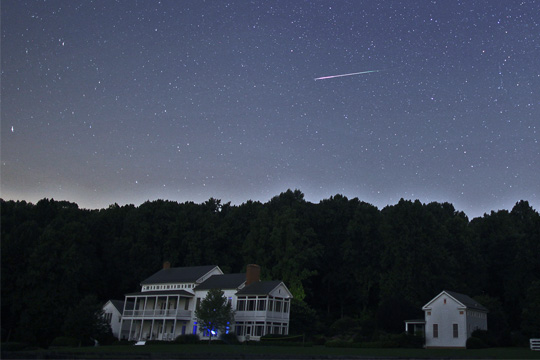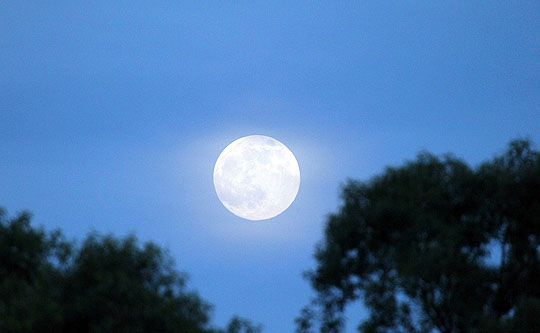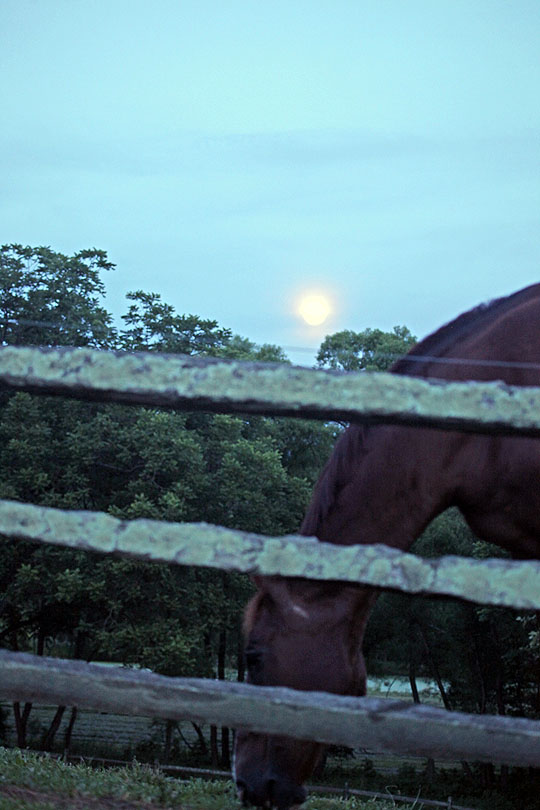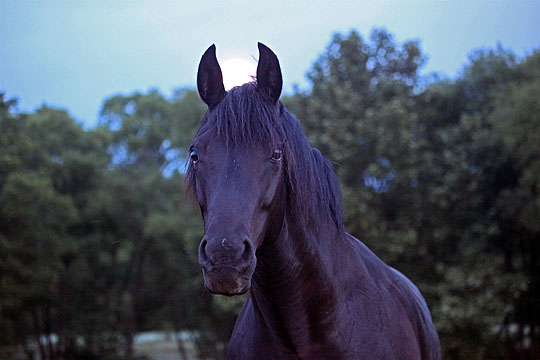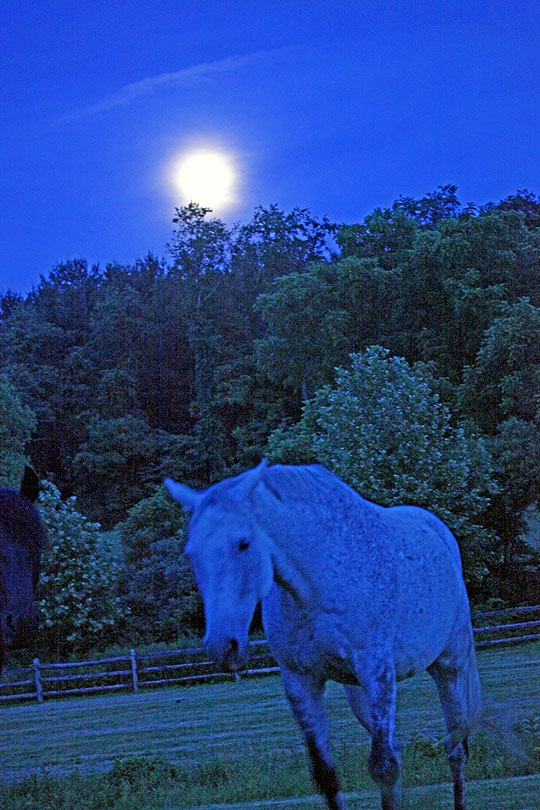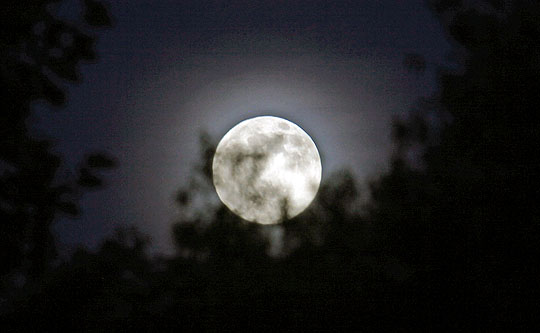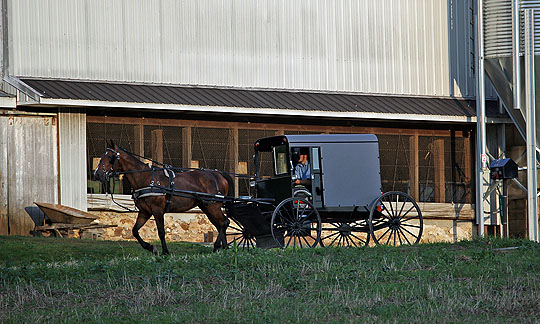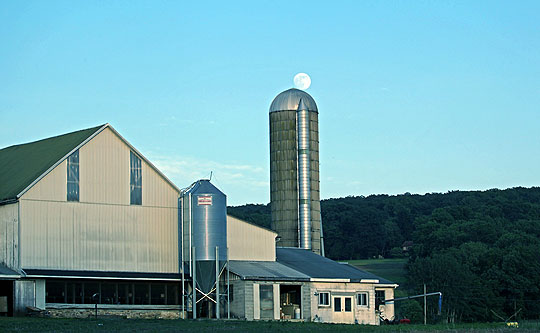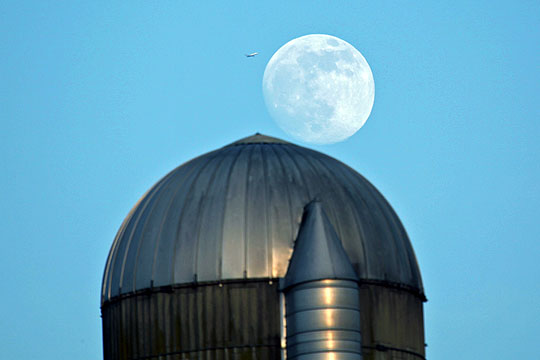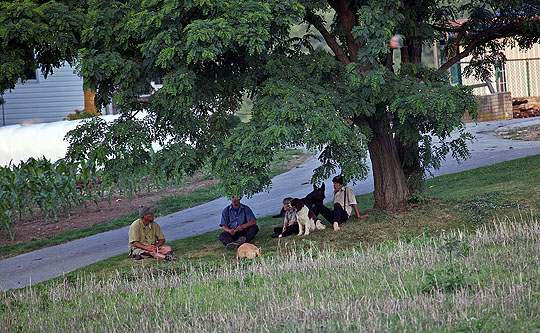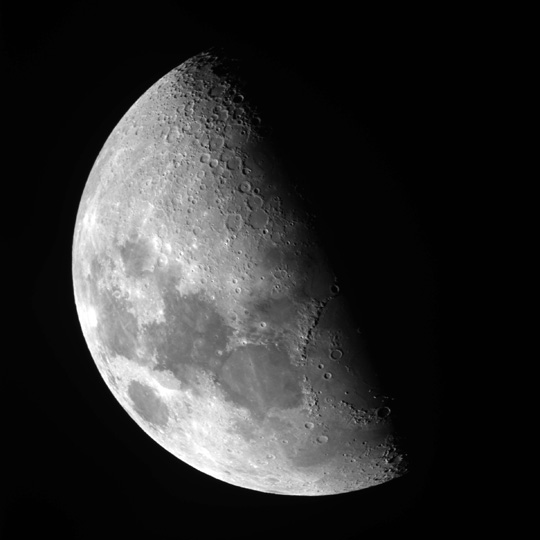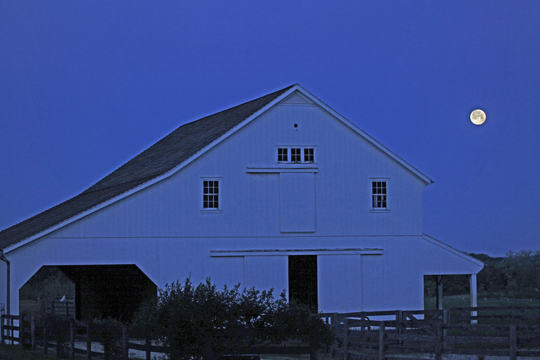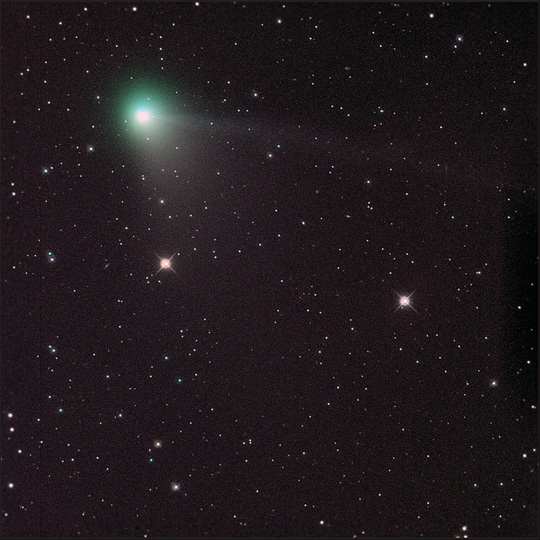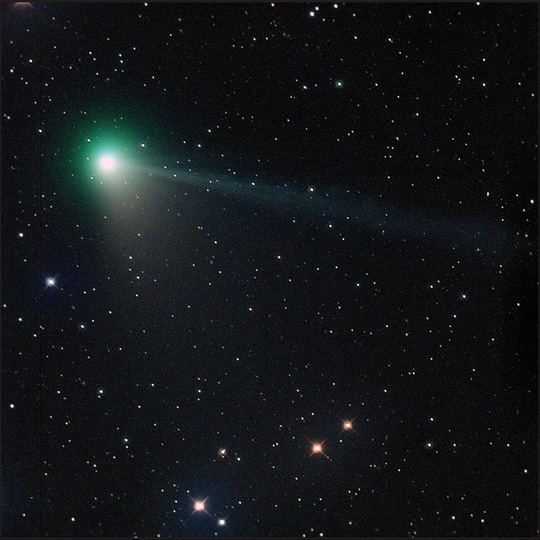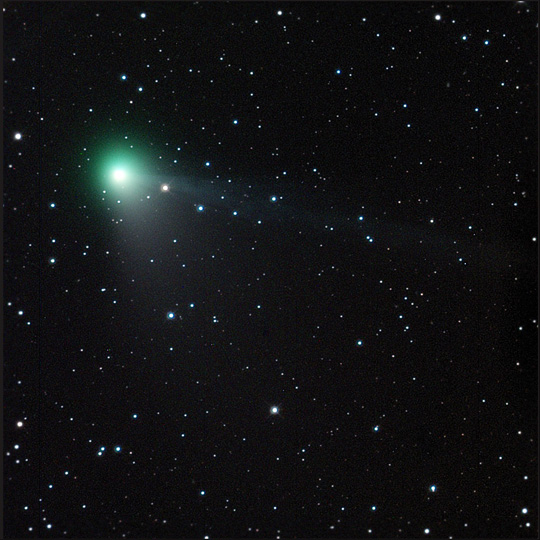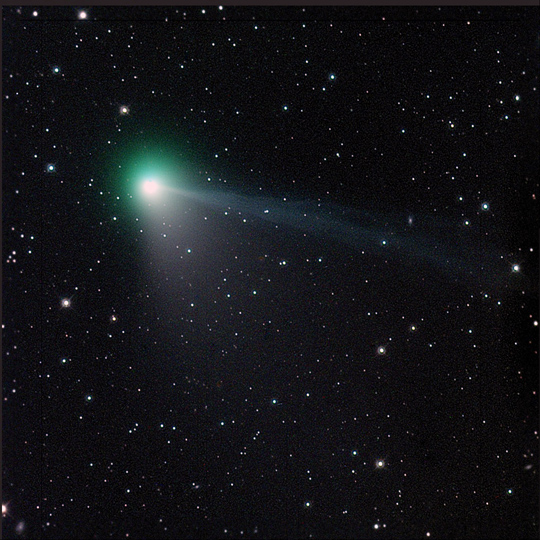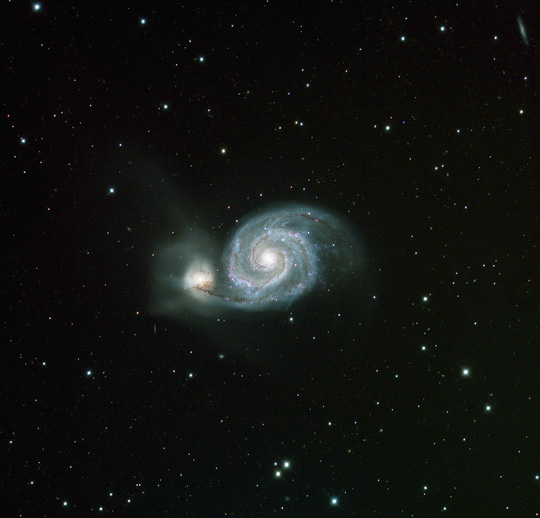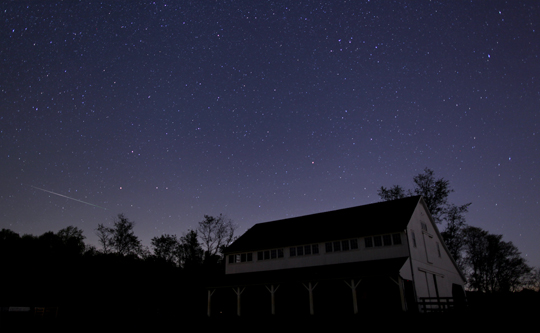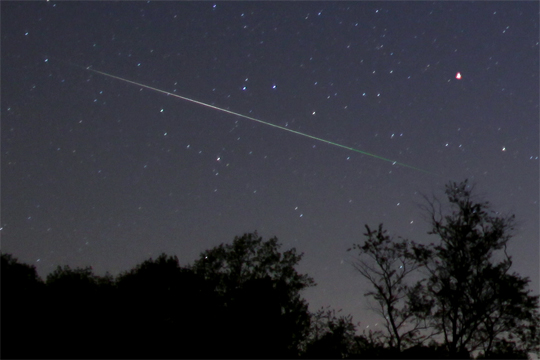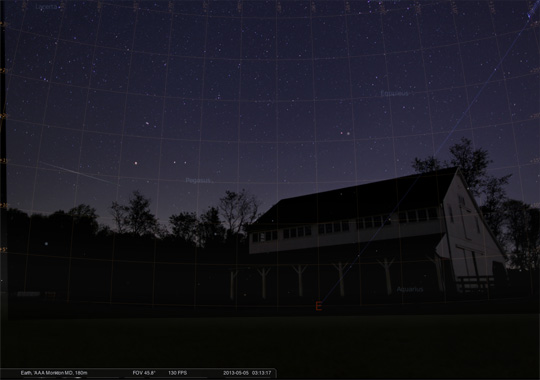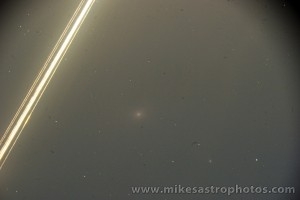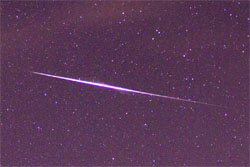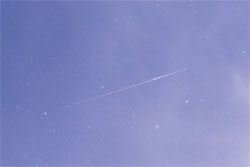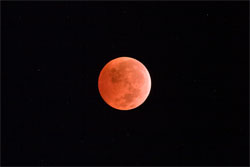Archive for 2013
Spiral Galaxy M74
by Mike Hankey, under Galaxies
Here’s my latest astrophoto of the spiral galaxy Messier 74. At approximately 32 million light-years away from Earth, this Grand Design Spiral Galaxy is home to an estimated 100 billion stars.
Image Details for Galaxy M74
Shot With 2 Hours of RGB and 3 hours of Lum
Total exposure: 9 hours
Camera: Apogee U16M
Guider: SBIG 402 with MMOAG Off Axis Guider
Telescope: RCOS 14.5
Mount: Paramount ME
Location: Auberry, CA
Date: October 5,6,7 2013
Software: The SkyX, MaximDL, FocusMax, CCDAutoPilot, CCDStack, Photoshop
Comet ISON in Mars Light
by Mike Hankey, under Comets & Meteors
The early morning moon has been hampering ISON imaging the last few days and this morning we had a little competition from our friend Mars. Here’s an animation of 9 frames of Comet ISON passing just two degrees from the Mars. The light streaks in the picture are Martian light.
Here’s a color RGBL image from the same morning. Between the Moon and Mars its a pretty grainy picture, but I kinda of like the planetary glow in the shot.
Comet ISON Getting Stronger
by Mike Hankey, under Comets & Meteors
Here’s a photo of Comet ISON from October 5th, 2013. Some new studies have been published this week that seem to be improving the chances of ISON’s survival around the Sun on Thanksgiving day. If that happens we should have quite a light show leading up to the new year.
This photo was constructed using 30 minutes of Luminance and 2 minutes each of Red Green and Blue.
For more info about comet ISON’s survival rates check out this article from Sky and Telescope.
Bubble Nebula
by Mike Hankey, under Nebula
I haven’t gotten much scope time in this year for several reasons, some technical, some personal and most related to the short nights of summer. Now that the dark hours are longer and I’ve worked through a lot of my issues, I’m getting back into it. Here’s my first long exposure image since March. Its the NGC 7635, an emission nebula hidden in the constellation Cassiopeia. This image was shot using narrow band filters over 4 nights. A total of 15 hours of exposure time went into this picture.
Photo Details
M51
Shot With Narrow Band Filters 5 hours Each: Ha, Oii, Si
Total exposure: 15 hours
Camera: Apogee U16M
Guider: SBIG 402 with MMOAG Off Axis Guider
Telescope: RCOS 14.5
Mount: Paramount ME
Location: Auberry, CA
Date: September 24th – September 28th 2013
Software: The SkyX, MaximDL, FocusMax, CCDAutoPilot, CCDStack, Photoshop
Early Views of Comet ISON
by Mike Hankey, under Comets & Meteors
Here are two photos of Comet ISON from September 24th and 26th.
Here is comet from two days before. The tail and comet appear brighter after just two days, but its possible this could just be differences in the seeing conditions between the two days.
First View of Comet ISON
by Mike Hankey, under Comets & Meteors
Here are the first few pictures of Comet ISON taken over the weekend from my internet operated remote observatory in the Sierra Nevada Mountains. The first picture was made with three, two minute exposures each of Red (R), Green (G), Blue (B) and Clear or Luminance (L) filters. Each of the color frames are stacked into a final 6 minute master image for that color. When this is completed for each filter, the 4 channels are combined into the final color (LRGB) image seen below. The stars in the picture are dotted lines because the telescope was tracking the comet instead of the Earth’s rotation. After about ten minutes of time the comet’s visible location changes relative to the star field causing the individual stars to trail.
Here’s an LRGB image consisting of a single two minute exposure for each color frame. The stars are not trailing in this image because the entire image was taken within 8 minutes which was not enough time for the stars to noticeably move. There is a lot more noise in this image (it is grainy) because of the shorter exposure time.
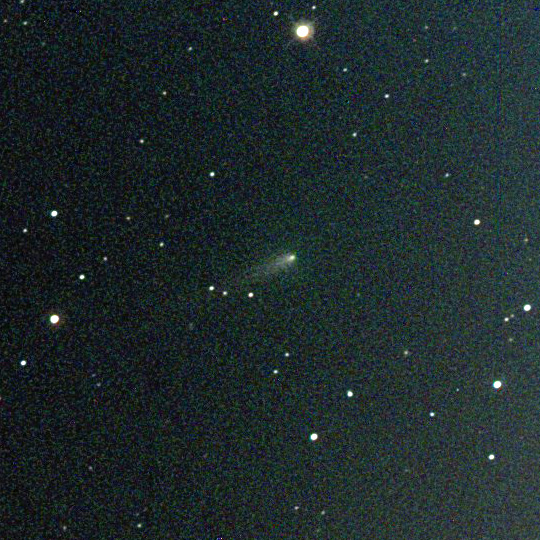
Comet C/2012 S1 (ISON) – September 21st, 2013 – Image Details: 120 Second Exposure LRGB – RCOS 14.5 / Apogee U16M
Below is a longer exposure from September 21st totaling 48 total minutes of exposure time.
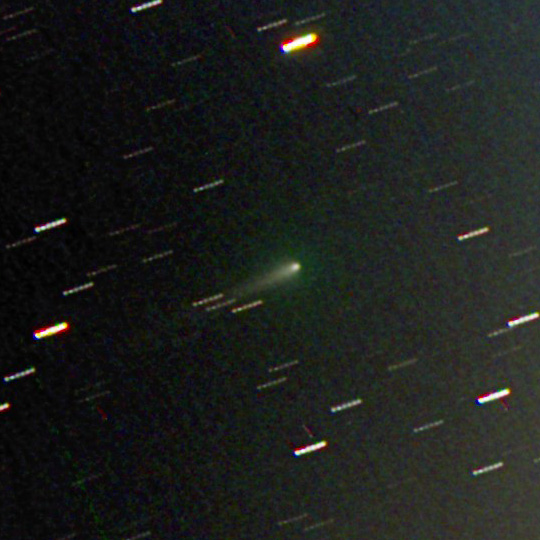
Comet C/2012 S1 (ISON) – September 21st, 2013 – Image Details: LRGB 2 Minutes x 6 – RCOS 14.5 Apogee U16M
The way some people are talking, Comet ISON could be the comet of the century by the end of this November, but nobody really knows for sure just yet. For good reasons, the comet community has been a bit apprehensive about hyping up the comet any more than it already has been, mainly because they don’t know for sure what’s going to happen. Its possible the comet could light up half of the early morning sky this December, but its also possible it could break apart and melt completely on its journey around the sun which starts this Thanksgiving Day.
Comet ISON is also what they call a ‘Sun Grazer’. This means the comet’s orbit puts it close enough to the sun that it will literally fly through the outer Corona. If this voyage does not complete destroy the comet, it will leave it with a significant tail that could stretch half of the sky. See the pictures of comet love joy, a similar sun grazer that was visible from the southern hemisphere last year. If ISON can make it past the sun, we should expect a light show that is comparable or better than comet love joy. Of course, this comet could be a total dud and that’s why the professionals are being cautious. They don’t want to get people’s hopes up and then look silly if the comet falls apart.
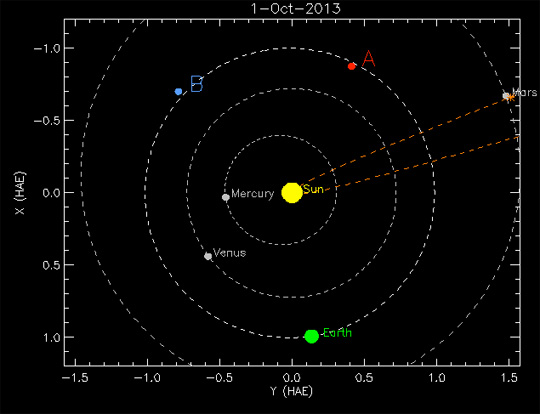
Comet ISON Orbit and Location on October 1st, 2013 – Image Credit NASA
Here’s an image of the comet’s orbit and location when it has its closest fly by past Earth on December 30th, 2013.
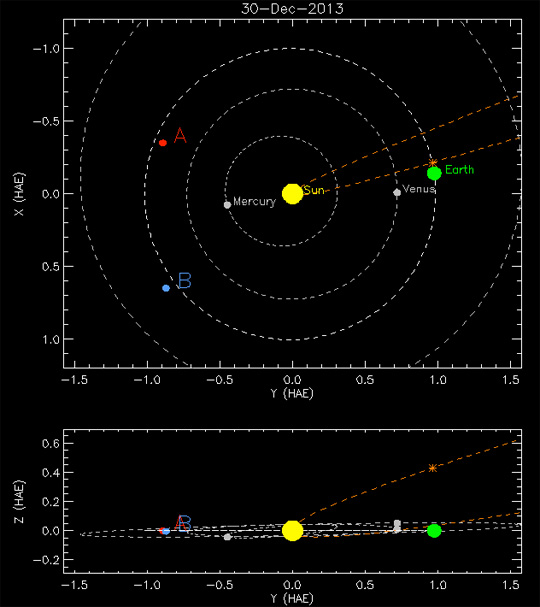
Comet ISON Orbit and Location on December 30th, 2013 – Image Credit NASA
Around January 15th, the Earth will pass through the comet’s orbital path and we ‘might’ see a meteor shower.
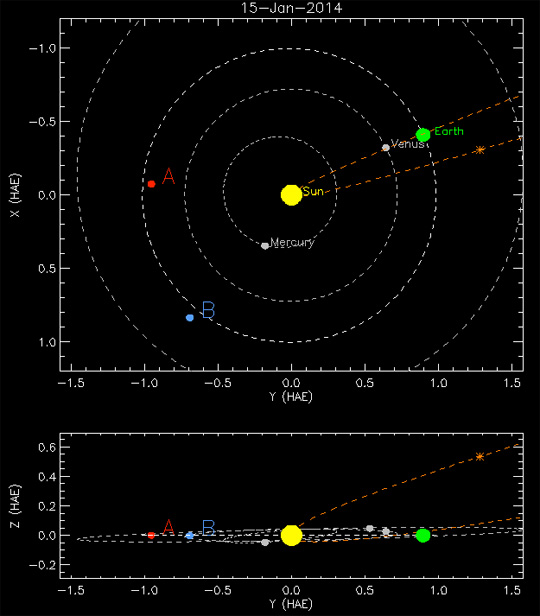
Comet ISON Orbit and Location on January 15th, 2014 – Image Credit NASA
If you want to take a look at an interactive orbit model for Comet ISON check out this really cool ISON Orbit app built by NASA.
Some people ask, where does the comet come from, why has it never made it to the inner solar system, how long did it take to get here and how fast is it going. Space is a big place. Our solar system is a big place. Our inner solar system is a big place. BUT when you compare the distance between the Sun and Pluto, and then look at that distance relative the the Oort cloud (our outer solar system), you will be amazed at how small the planetary part of the solar system is compared to its outer regions. Take a look at this image of our solar system all the way out to the Oort cloud to give some perspective. ISON is an Oort cloud comet.
If all goes well, and Comet ISON survives its passage around the sun, we might be able to see something like this in the morning skies leading up to the new year. Of course if it melts around the sun, we won’t see anything.
Perseid Meteor
by Mike Hankey, under Comets & Meteors
The Perseids were mostly cloudy here in Maryland, but I was fortunate enough to catch this one meteor during a window of clear skies early monday morning. That’s me on the front porch observing from the rocking chair.
Meteorite Magazine Article
by Mike Hankey, under Comets & Meteors
I got the latest issue of meteorite magazine in the mail today.
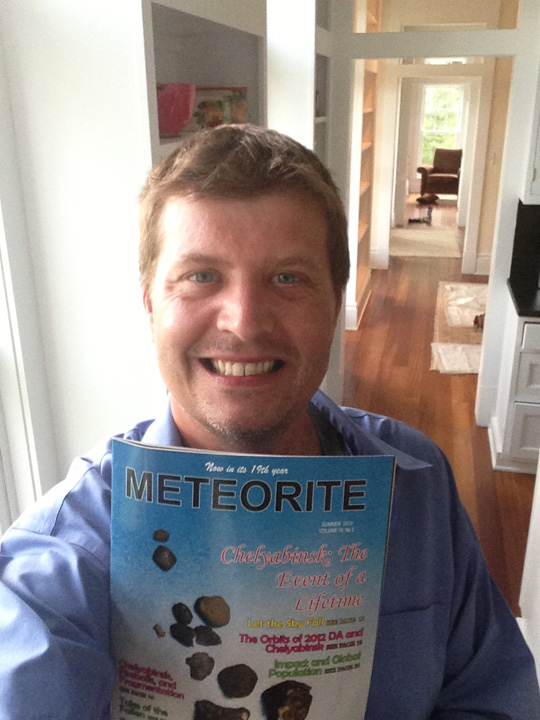
This is a special issue because it contains my first ever published magazine article, “Understanding the Orbits of Asteroid 2012 DA 14 and the Chelyabinsk Meteor”. Meteorite Magazine gave me permission to scan the article and post it here. Meteorite Magazine is 19 year old quarterly magazine and the leading scientific quarterly for meteorites. If you have an interest in meteorites, this magazine is a must. You can signup and order it here: http://meteoritemag.org/
If you happen to read the article, please send me your comments (good or bad) to mike.hankey [AT] gmail.com
Super Moon From Monkton
by Mike Hankey, under Lunar
Here are some photos of last nights super moon. This is the first time I’ve tried getting animals inside celestial shots, its was challenging and fun.
Super Moon in Lancaster PA
by Mike Hankey, under Mason Dixon Meteor
I had some business in Lancaster last night and caught the almost super moon rising just before dusk. Sunday night will be the full super moon and one day of the year when the Moon is closest to the Earth.
The hunt continues…
Hi Res Image of Half Moon
by Mike Hankey, under Lunar
Here’s a high res picture of the first quarter moon phase from a few nights ago.
Full Moon Memorial Day Weekend
by Mike Hankey, under Lunar
There was a brilliant full moon last night. Here’s an image of it setting this morning at dawn.
Comet C/2012 F6 Lemmon
by Mike Hankey, under Comets & Meteors
I’ve been imaging Comet Lemmon the last week or so. There’s only about 1/2 hour of imaging time available each day just before dawn. At about 4:00 AM Comet Lemmon is 20 degrees or so off the eastern horizon and just barely imageable until about 4:30 when the sun starts to rise. I’ve been experimenting with a few different imaging strategies and found that a single frame 2-3 minute LRGB seems to have the best results. If there were more time I could capture a deeper exposure, but 1/2 hour doesn’t really allow for enough time.
Here are the best images of the comet I’ve captured over the last week.
Photo Details
Comet C/2012 F6 Lemmon
LRGB 2x2x2x2 Minutes Each
Total exposure: 8 Minutes
Camera: Apogee U16M
Guider: Not Guided
Telescope: RCOS 14.5
Mount: Paramount ME
Location: Auberry, CA
Date: May 19-May 23 2013
Software: The SkyX, MaximDL, FocusMax, CCDStack, Photoshop
Whirlpool Galaxy – Messier 51
by Mike Hankey, under Galaxies
I haven’t been getting as much scope time in as I’d like so far this year, but I’m hoping to buck this trend soon. While I’m still struggling with a few technical details, I had a good session last night and was able to capture some useable data for this photo of The Whirlpool Galaxy.
Photo Details
M51
LRGB 140x70x70x70 Minutes Each
Total exposure: 5 hours
Camera: Apogee U16M
Guider: SBIG 402 with MMOAG Off Axis Guider
Telescope: RCOS 14.5
Mount: Paramount ME
Location: Auberry, CA
Date: May 15 2013
Software: The SkyX, MaximDL, FocusMax, CCDAutoPilot, CCDStack, Photoshop
Eta Aquariid Over Barn
by Mike Hankey, under Comets & Meteors
Anticipating clear skies for the Eta Aquariids peak, I finalized the setup of 3 Watec video cameras during the day and shortly after dark, started shooting with my DSLR. Unfortunately, the new PC was set to automatically do a windows update at 3:00 AM and rebooted causing the meteor capture software to permanently exit. Despite a clear sky weather report for the entire night, clouds rolled in around 3:30 right as things were getting started. But, as luck would have it, at 3:13 AM, while the radiant was on the horizon, I caught a nice bright Eta Aquariid Meteor right over the barn!
Here’s a full resolution close up of just the meteor:
Now I knew that the radiant would be rising in the East around 3 am, directly over the barn, so when I saw this meteor I recognized it right away as an Eta Aquariid, but I wanted to confirm it with a sky chart just to be sure (i’ve got a bad habit of mis-classifying some of my meteor photos!) . Here’s the picture layered over a start chart for that moment in time.
The meteor shower will be active for the rest of the month, so I may get another chance to catch some more of these.
